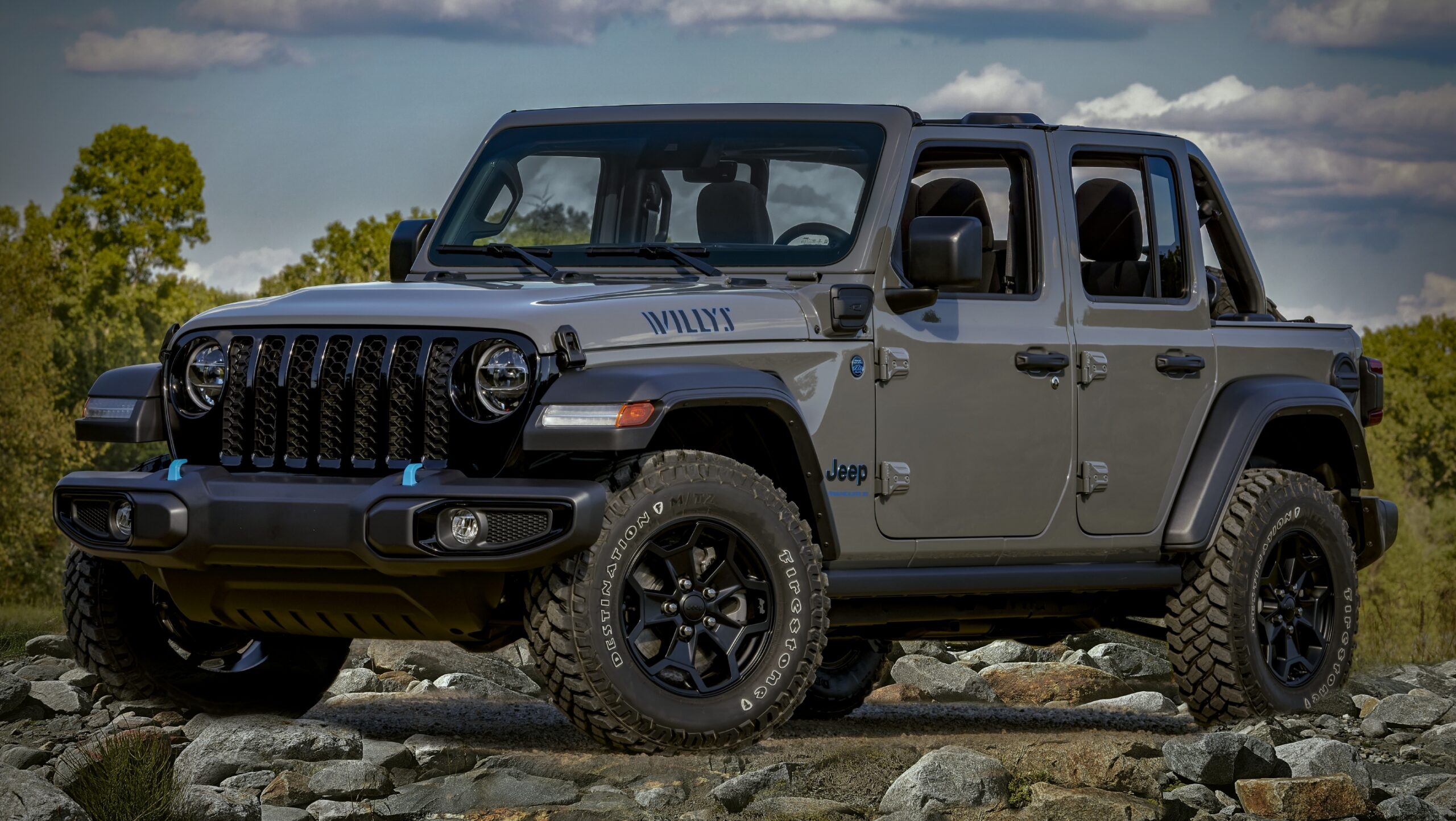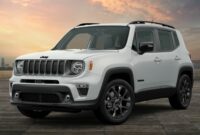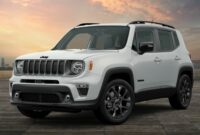Jeep Cherokee For Sale 1999: A Comprehensive Buyer’s Guide sale.truckstrend.com
Introduction: The Enduring Appeal of the 1999 Jeep Cherokee XJ
The year 1999 marked a significant point in the history of the Jeep Cherokee XJ, representing one of the final iterations of a legendary design before its discontinuation in North America. For many automotive enthusiasts, off-road adventurers, and even daily commuters, the 1999 Jeep Cherokee remains an icon – a rugged, no-nonsense SUV that perfectly blends capability with practical utility. Its enduring popularity stems from its robust inline-six engine, solid axle suspension, compact dimensions, and an unmistakable aesthetic that has transcended generations. If you’re considering a "Jeep Cherokee For Sale 1999," you’re looking at more than just a used car; you’re looking at a piece of automotive history renowned for its reliability, modifiability, and unwavering spirit. This comprehensive guide will delve into everything you need to know about finding, evaluating, and owning one of these timeless machines.
Jeep Cherokee For Sale 1999: A Comprehensive Buyer’s Guide
Why the 1999 Jeep Cherokee XJ Still Reigns Supreme
The 1999 Jeep Cherokee XJ’s continued demand isn’t just about nostalgia; it’s rooted in a tangible set of attributes that make it highly desirable even today.
- Iconic Design: The XJ’s boxy, utilitarian design is instantly recognizable and has aged remarkably well. It’s a testament to form following function, with clean lines that exude capability without excessive frills.
- Legendary 4.0L I6 Engine: The heart of almost every 1999 XJ is the venerable 4.0-liter PowerTech inline-six engine. Known for its bulletproof reliability, strong low-end torque, and relatively simple mechanical design, this engine can easily surpass 200,000 or even 300,000 miles with proper maintenance. Its robust nature makes it ideal for both daily driving and demanding off-road excursions.
- Unparalleled Off-Road Capability: Despite its relatively compact size, the XJ boasts impressive off-road prowess. Its unibody construction, combined with solid front and rear axles (DANA 30 front, DANA 35 or optional 8.25 rear), provides excellent articulation and durability on challenging terrain. Its short wheelbase and minimal overhangs allow it to navigate tight trails with ease.
- Simplicity and Modifiability: Unlike many modern SUVs laden with complex electronics, the XJ is refreshingly simple. This makes it easier for owners to perform their own maintenance and repairs. Furthermore, the aftermarket support for the XJ is immense, offering countless options for lift kits, armor, drivetrain upgrades, and more, allowing owners to customize their vehicle to their specific needs.
- Affordability: Compared to newer SUVs with similar capabilities, the 1999 XJ offers incredible value for money, making it an accessible entry point into the world of off-roading or a reliable, budget-friendly daily driver.

Key Features and Specifications of the 1999 Model Year
Understanding the specific characteristics of the 1999 model year is crucial for an informed purchase.
- Engine: The primary engine is the 4.0L PowerTech I6, producing 190 horsepower and 225 lb-ft of torque. This engine is revered for its longevity and low-end grunt.
- Transmissions:
- Automatic (AW4): The most common transmission, the Aisin-Warner AW4 4-speed automatic, is known for its durability and smooth shifts. It’s well-matched to the 4.0L engine.
- Manual (AX-15): While very rare for the 1999 model year in North America (most manual XJs ended around 1997), a 5-speed manual (Aisin AX-15) might occasionally surface. These offer more direct control and are favored by some off-roaders.
- Drivetrain Options:
- Command-Trac (NP231): This part-time 4WD system is the more common option. It offers 2WD, 4-High Part-Time, and 4-Low, ideal for off-road use but not for continuous use on dry pavement.
- Selec-Trac (NP242): This full-time 4WD system offers the versatility of 2WD, 4-High Full-Time (for use on any surface), 4-High Part-Time, and 4-Low. It’s preferred by those who encounter varied weather conditions or want the convenience of "set-it-and-forget-it" 4WD.
- Axles: Typically, a Dana 30 front axle and a Chrysler 8.25-inch rear axle (with stronger 29-spline shafts from 1997 onwards) or a Dana 35 rear axle. The 8.25 is generally preferred for its strength.
- Trim Levels:
- Sport: The most common trim, offering a balance of features and affordability.
- Limited: More luxurious, with power accessories, leather seats (often), and body-colored fender flares.
- Classic: A blend of Sport and Limited, often with a unique exterior trim.
- Other less common trims like "Country" or "SE" might also be found.
- Interior and Exterior: The XJ’s interior is functional and durable, if not luxurious. Expect hard plastics and cloth or leather seating. Cargo space is ample for its size, especially with the rear seats folded down.

![]()
What to Look For When Buying a 1999 Jeep Cherokee XJ
A thorough inspection is paramount when considering a 1999 XJ. These vehicles are now over two decades old, and their condition can vary wildly.
- Rust: This is the #1 enemy of the XJ.
- Unibody Frame Rails: Check thoroughly, especially under the front doors and along the rear subframe. Major rust here can be a deal-breaker.
- Floorboards: Inspect under the carpets, especially in the footwells and cargo area.
- Rocker Panels: These are prone to rust and often hide damage.
- Rear Quarter Panels: Look behind the rear wheels, where dirt and salt accumulate.
- Door Sills and Hatch: Check for bubbling paint or perforations.
- Engine Health (4.0L I6):
- Oil Leaks: Common leaks include the rear main seal (a relatively minor but persistent leak), valve cover gasket, and oil filter adapter. Minor leaks are often tolerable, but gushing leaks indicate neglect.
- Cooling System: Check the radiator (look for cracks or leaks), water pump (leaks from the weep hole), thermostat housing, and hoses. Overheating is a common XJ issue if not maintained. Ensure the coolant reservoir is at the correct level and the fluid isn’t murky.
- Noises: Listen for knocking (bad rod bearings), ticking (lifters, exhaust manifold crack), or whining.
- Exhaust Manifold: Cracks are very common and can cause a ticking sound.
- Transmission & Drivetrain:
- Automatic (AW4): Check fluid level (should be pink/red and not smell burnt). Shifts should be smooth and predictable, without harsh clunks or slipping. Test all gears, including reverse.
- Transfer Case (NP231/NP242): Test all modes (2WD, 4H, 4L) to ensure they engage smoothly. Listen for grinding or clunking. Check for leaks around the seals.
- Driveshafts & U-Joints: Look for rust or play in the U-joints. Listen for clunking when shifting into gear or accelerating.
- Differentials: Check for leaks around the covers and pinions.
- Suspension & Steering:
- Bushings: Inspect control arm bushings, sway bar bushings, and leaf spring bushings for cracking or deterioration.
- Ball Joints & Tie Rod Ends: Check for play by jacking up the front and wiggling the wheels. Worn components contribute to the dreaded "death wobble."
- Steering Box: Check for leaks or excessive play in the steering wheel.
- Shocks: Look for leaks or rust.
- Electrical System: Test all power windows, locks, mirrors, radio, HVAC blower motor, and dashboard lights. Ensure the check engine light is not on (or comes on briefly during startup and then goes off).
- Interior Condition: Check for rips in seats, sagging headliner, cracks in the dashboard (common), and proper function of all HVAC controls.
- Maintenance Records: Ask the seller for any maintenance records. A well-documented history is a strong indicator of a cared-for vehicle.
- Pre-Purchase Inspection (PPI): If you’re not mechanically inclined, or even if you are, invest in a pre-purchase inspection by a trusted mechanic familiar with older Jeeps. This small investment can save you thousands down the road.
Common Upgrades and Modifications for the XJ
One of the greatest appeals of the 1999 Cherokee is its vast aftermarket support and ease of modification.
- Lift Kits: Ranging from mild 2-inch lifts for tire clearance to extreme 6+ inch lifts for serious rock crawling.
- Tires: Upgrading to all-terrain (AT) or mud-terrain (MT) tires significantly improves off-road capability and appearance.
- Bumpers & Armor: Aftermarket steel bumpers, rock sliders, and skid plates protect the vehicle during off-road excursions.
- Lighting: LED light bars and auxiliary lights enhance visibility on trails.
- Maintenance-Focused Upgrades: Upgraded cooling systems (e.g., larger radiator, electric fan conversions), high-flow fuel injectors, and stronger steering components are popular for improving reliability and performance.
- Interior Comforts: Modern stereo systems, sound deadening, and updated seating can vastly improve the daily driving experience.
Owning a 1999 Jeep Cherokee XJ: Benefits and Challenges
Owning an XJ is a unique experience, offering a blend of classic charm and rugged utility.
Benefits:
- Unmatched Capability for the Price: Few vehicles offer the XJ’s off-road prowess at its price point.
- Robust and Reliable: With proper maintenance, the 4.0L I6 and AW4 transmission are incredibly durable.
- Easy to Work On: Simple mechanicals and ample space under the hood make DIY repairs feasible.
- Strong Aftermarket Support: Parts are plentiful, and there’s a huge community for advice and shared knowledge.
- Classic Status: The XJ is increasingly recognized as a modern classic, holding its value well if maintained.
- Practical Daily Driver: Its relatively compact size and good visibility make it easy to maneuver in urban environments.
Challenges:
- Fuel Economy: Expect 15-20 MPG, depending on driving style, modifications, and maintenance. It’s not a fuel sipper.
- Older Safety Features: Lacks modern safety tech like airbags, ABS (often not working or optional), and traction control.
- Rust Potential: As discussed, rust is a major concern, especially in salt-belt states.
- "Death Wobble": A notorious, violent steering shimmy that can occur at highway speeds. It’s caused by worn steering or suspension components but is entirely fixable with proper diagnosis.
- Interior Comforts: Can be spartan compared to modern SUVs, with road noise and basic amenities.
- Parts for Specific Trim Items: While mechanical parts are abundant, finding specific interior trim pieces or exterior body parts for certain rare trims can be challenging.
Practical Advice and Actionable Insights
- Set a Realistic Budget: Don’t just budget for the purchase price. Factor in immediate maintenance, potential repairs, and any upgrades you plan. An XJ in "good" condition might still need several hundred to a few thousand dollars in deferred maintenance.
- Don’t Rush: There are many XJs out there. Be patient and wait for the right one.
- Location Matters: Cherokees from dry, southern climates are less likely to have significant rust issues compared to those from the "salt belt."
- Join the Community: Online forums (e.g., CherokeeForum.com, NAXJA.org) and local Jeep clubs are invaluable resources for advice, parts, and camaraderie.
- Learn to DIY: Even basic maintenance knowledge will save you a lot of money and help you understand your vehicle better.
- Test Drive Extensively: Drive it on various roads, including highway speeds, to check for vibrations, noises, and steering issues. Engage 4WD (on a loose surface if part-time) and 4-Low.
Jeep Cherokee For Sale 1999: Estimated Price Guide
Prices for a 1999 Jeep Cherokee XJ can vary significantly based on condition, mileage, modifications, geographic location, and local market demand. This table provides a general estimate.
| Condition Category | Mileage Range (Approx.) | Key Characteristics | Estimated Price Range (USD) |
|---|---|---|---|
| Project/Parts | 200,000+ | Significant rust, major mechanical issues, non-running, heavily modified with questionable work. | $500 – $2,500 |
| Fair | 180,000 – 250,000 | Minor to moderate rust, needs significant deferred maintenance (e.g., cooling system overhaul, suspension components), cosmetic flaws. Runs and drives. | $2,500 – $5,000 |
| Good | 120,000 – 200,000 | Minimal rust, mechanically sound but might need some minor repairs (e.g., oil leaks, tune-up), average cosmetic condition. Good daily driver potential. | $5,000 – $9,000 |
| Excellent | Under 120,000 | Very little to no rust, meticulously maintained, all systems functioning correctly, excellent cosmetic condition, original or tastefully modified. | $9,000 – $15,000+ |
| Show/Collector | Varies (often low) | Exceptionally clean, rust-free, all original, low mileage, or professionally restored. Rare. | $15,000 – $25,000+ |
Disclaimer: These are approximate ranges and can fluctuate. Heavily modified XJs with high-quality components might command higher prices, while neglected ones will be at the lower end. Always adjust for local market conditions.
Frequently Asked Questions (FAQ) about the 1999 Jeep Cherokee XJ
Q1: Is the 1999 Jeep Cherokee reliable?
A1: Yes, the 1999 XJ, particularly with the 4.0L I6 engine, is renowned for its reliability and longevity, provided it has been properly maintained. The engine and AW4 transmission are very robust.
Q2: What is the average fuel economy?
A2: Most 1999 XJ owners report an average of 15-18 miles per gallon (MPG) combined, with highway mileage potentially reaching 20 MPG in ideal conditions. Heavy modifications like large tires and lift kits will reduce this.
Q3: What’s the "death wobble" and how do I fix it?
A3: The "death wobble" is a violent, uncontrollable shaking of the front end, usually occurring at highway speeds after hitting a bump. It’s caused by worn steering and suspension components (e.g., track bar, tie rod ends, ball joints, control arm bushings). It’s not a design flaw but a symptom of worn parts, and it is entirely fixable by replacing the faulty components.
Q4: Are parts hard to find for a 1999 XJ?
A4: Mechanical parts for the 4.0L engine, AW4 transmission, and common drivetrain components are readily available at auto parts stores and online. Aftermarket support for upgrades is also excellent. Specific interior trim pieces or rare body parts might be harder to source, but general mechanical parts are plentiful.
Q5: What’s the difference between Command-Trac (NP231) and Selec-Trac (NP242)?
A5: Command-Trac (NP231) is a part-time 4WD system, meaning its 4H mode should only be used on loose or slippery surfaces. Selec-Trac (NP242) is a full-time 4WD system, offering a "4H Full-Time" mode that can be used on any surface, including dry pavement, providing added traction and convenience in varying conditions.
Q6: Can a 1999 Jeep Cherokee XJ be a daily driver?
A6: Absolutely. Many owners use their 1999 XJs as reliable daily drivers. While they lack modern comforts and fuel efficiency, their compact size, excellent visibility, and dependable mechanicals make them perfectly suitable for daily commuting, especially if well-maintained.
Conclusion: The Enduring Legacy of the 1999 Jeep Cherokee XJ
The 1999 Jeep Cherokee XJ stands as a testament to functional design, robust engineering, and timeless appeal. For those seeking a capable off-road vehicle, a reliable daily driver with character, or a platform for extensive customization, a "Jeep Cherokee For Sale 1999" offers an unparalleled value proposition. While careful inspection for rust and common wear items is essential, a well-preserved or properly maintained XJ will provide years of dependable service and countless adventures. Embracing the XJ means joining a passionate community and owning a vehicle that continues to defy its age, proving that sometimes, simpler truly is better.



